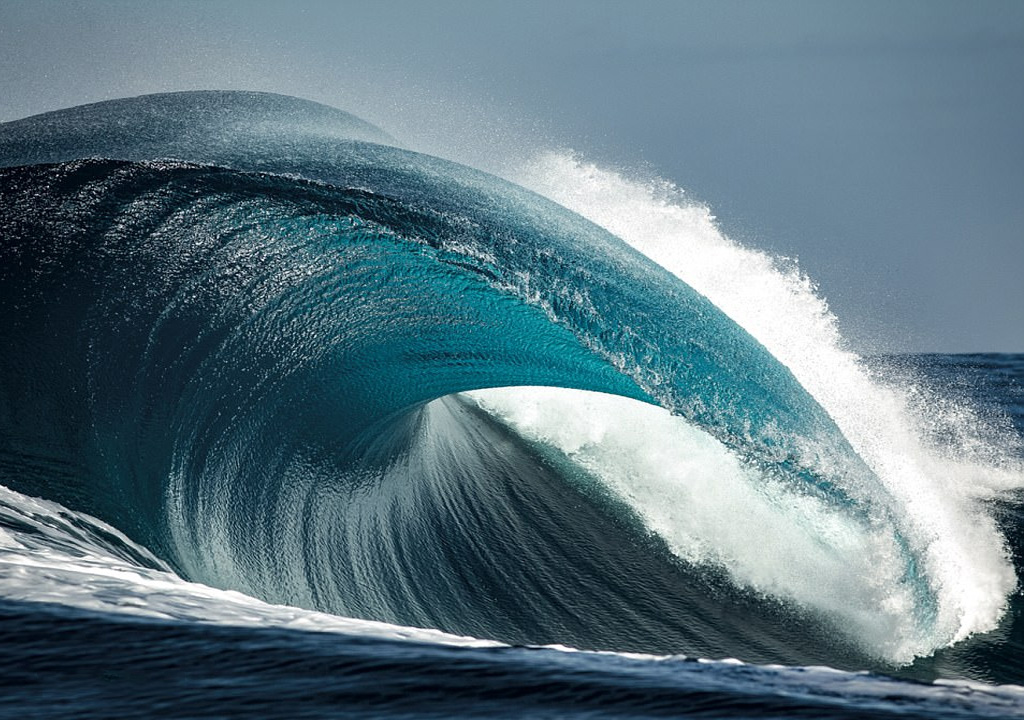Introduction
Navigating the vast oceans has always been a perilous endeavor, and one of the most unpredictable threats to seafarers is the infamous rogue waves. These monstrous waves, reaching at least twice the height of their counterparts, can spell disaster for any ship unfortunate enough to encounter them. Now, scientists have harnessed the power of artificial intelligence (AI) to unravel the mystery behind these maritime monsters and predict when they will strike.
The Unpredictability of Rogue Waves
Rogue waves, often referred to as “monster waves,” occur daily worldwide, posing a significant risk to vessels. According to the National Oceanic and Atmospheric Administration (NOAA), these waves form when ocean swells converge, creating colossal walls of water. The precise mechanisms triggering their formation, however, have long remained unclear, contributing to their unpredictable nature.

Harnessing Centuries of Ocean Data
In a groundbreaking initiative, researchers delved into 700 years’ worth of ocean data, incorporating historical records and buoy data from 158 locations globally. This extensive dataset became the foundation for a revolutionary equation designed to predict the occurrence of rogue waves.
The Formula for Maritime Predictions
Lead author Dion Häfner, a former doctoral student at the Niels Bohr Institute, explained that the formula emerged from combining numerous contributing factors into a single risk estimate. Häfner highlighted the rarity of these giant waves, attributing their occurrence to a combination of factors that were previously uncharted.
AI Unveils the Secrets
To develop their predictive model, the research team employed a neural network trained on historical wave data. This AI system autonomously learned the intricate causes of rogue waves, providing insights into when and where these phenomena might take place. However, the AI’s inner workings remained obscured in a “black box,” prompting the application of symbolic regression—a form of machine learning that yielded a comprehensible equation, enabling scientists to understand the AI’s decision-making process.
Alarming Frequency of Rogue Waves
Johannes Gemmrich, a research scientist at the University of Victoria in Canada and study co-author, emphasized the pervasive nature of abnormal waves. The team’s analysis revealed a staggering 100,000 waves in their dataset meeting the criteria for rogue waves, equivalent to approximately one monster wave occurring daily at random locations in the ocean. Gemmrich clarified that not all these waves reached extreme sizes, underscoring the constant risk vessels face.
Real-Life Consequences
The dangers posed by rogue waves are not theoretical. A rogue wave struck a cruise ship near Antarctica last year, resulting in tragedy. The Ucluelet wave off the coast of Canada in 2020, standing at 58 feet (17.6 meters), underscored the potential scale of these waves. While larger rogue waves have been documented, the Ucluelet wave’s sheer height relative to surrounding waves marked it as a significant anomaly.

Protecting Seafarers with AI
The newly developed equation, as Häfner explained, serves as a recipe for understanding and predicting rogue waves. This breakthrough in maritime forecasting offers a crucial tool for safeguarding passenger and cargo ships worldwide. Companies can leverage this algorithm to anticipate when and where the perfect storm of factors may arise, allowing them to plot alternative routes and better protect against potential devastation.
Conclusion
In conclusion, the integration of AI into oceanography has unlocked valuable insights into the mysterious world of rogue waves. The marriage of historical data and advanced machine learning techniques has resulted in a groundbreaking equation, empowering the maritime industry to navigate the seas with greater awareness and preparedness.
Frequently Asked Questions
- How often do rogue waves occur? Rogue waves occur daily, with the research team registering around 100,000 waves meeting the criteria for rogue waves in their dataset.
- What causes the formation of rogue waves? Rogue waves form when ocean swells pass through each other, combining to create massive walls of water.
- Can companies use the AI algorithm for navigation? Yes, companies can utilize the algorithm to predict when and where the factors conducive to rogue wave formation might occur, allowing for alternative route planning.
- What was the significance of the Ucluelet wave in 2020? The Ucluelet wave off the coast of Canada in 2020 was 58 feet tall, making it a notable anomaly due to its height relative to surrounding waves.
- How can the AI equation protect ships from rogue waves? The AI equation provides a predictive tool, enabling companies to anticipate and avoid potential rogue wave encounters, thus enhancing the safety of seafaring vessels.

